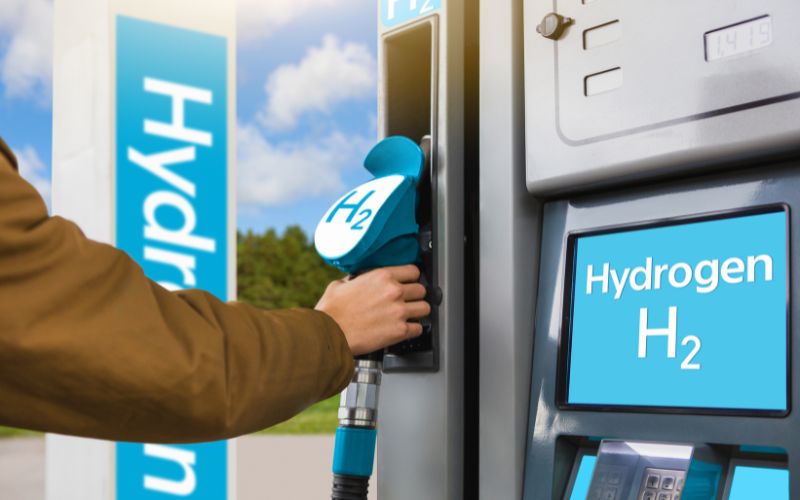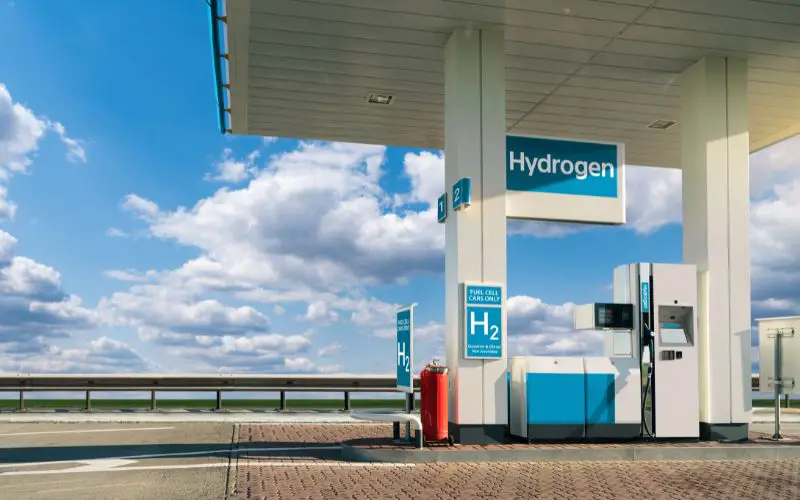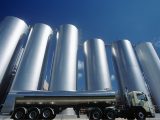
Hydrogen car refueling and range – taking a closer look
July 30, 2022Fuel cell vehicles offer require a similar amount of time at fueling stations.
Zero-emission vehicles like battery electrics and hydrogen car models are rapidly rising in popularity, sending many people to look into the details associated with ownership, maintenance and operation.
Though battery electrics have become more popular, fuel cell vehicles offer refueling speed and range.
Refueling a hydrogen car takes about the amount of time required to fill up the gas tank for an internal combustion engine. This is considered to be a substantial advantage of fuel cell vehicles over battery electrics. That feature is particularly helpful when it comes to drivers who intend to head across long distances. Fuel cell vehicles pull into a filling station, connect the hose, and are filled in around five minutes. This can’t be said for current models of battery electric vehicles, which require substantially more time to recharge.
Moreover, hydrogen cars can carry multiple H2 tanks. These are pressurized but thick walled and tested to ensure safety, even in the case of a crash. Moreover, failsafe features have been built into vehicles to make sure that if the fuel cell overheats or is removed, the H2 is released and dispersed.
A hydrogen car also typically offers drivers a longer range on the road than battery electrics.
Fuel cell vehicles (FCVs) usually have a longer range than battery electric vehicles as of the time this article was written. On average, fuel cell vehicles offer their drivers between 300 and 400 miles on a full tank before they need to be refueled. This, according to the California Drive Clean initiative. On the other hand, rechargeable battery electric vehicles have an average range of about 250 miles from a full charge, based on the same source.

Still, these passenger vehicles aren’t without their drawbacks. Even though FCVs offer fast refueling and a longer range, refueling is currently more expensive (see below for current rates), and it’s much more challenging to find an H2 station than a recharging station.
Despite the advantages of driving a hydrogen car, the refueling network is exceptionally limited with fewer than 400 stations currently publicly open worldwide. Still, efforts are in place to build out the refueling network in the United States, with a goal to open 1,000 in the US by 2030.
Is hydrogen fuel too expensive?
We asked how much does hydrogen fuel cost today? At the time of this article, the price for hydrogen is $19.99 which has seen a recent increase due to operating costs. For those wondering, to fill up a Toyota Mirai you’re looking at approximately $119 (taxes not included) holding a max of 5.65kg size 2 hydrogen tank system. This in comparison to filling up a 2016 Subaru Legacy costing $110 – Not so different, even with the recent hydrogen fuel cost increase that just occurred.



 With over 15 years of reporting hydrogen news, we are your premier source for the latest updates and insights in hydrogen and renewable energy.
With over 15 years of reporting hydrogen news, we are your premier source for the latest updates and insights in hydrogen and renewable energy.
Just a pity that people are not willing to invest in building these in Australia. The EV voice is so powerful no other voice can be heard. If it was then H2 stations would be built everywhere
Totally agree, for some unknown reason there is no actual drive towards research and development, both in political or private sector for green hydrogen in Australia. One of the WA mining companies is looking into this but only for their large trucks within the mine area and I think this will be blue hydrogen at best.
Green H2 project underway in Australia:
https://www.hydrogenfuelnews.com/hydrogen-truck-depot/8552364/
Why not $8.00 per gallon (kilogram of hydrogen) rather than $19.99?
With low volume and high capital cost the price needs to be high enough to make a return on investment. $8.00 is a break even with gasoline at $3.50 because of more than twice the miles per equivalent gallon.
I’ve just published my latest hydrogen book entitled “The Hydrogen Connection.”
I have a NEXO, I love my SUV. Waiting anxiously for more stations to come on line.